The Geography of Belonging
How meeting a remarkable poet on Ireland's Iveragh Peninsula helped me better understand what it means to belong to a landscape
I have struggled to find a place that feels like home most of my life. My father used to tell my twin sister and me again and again: “Don’t get stuck in one place. If your husband comes home one evening and tells you that you are moving to Timbuktu because of a job opportunity, say to him: ‘How fast should I pack my bag?’”
This implies, of course, that the man’s job is the only one that counts, but that is a story for another day.
The point I want to focus on here is that such an approach to life—which is very common in the U.S.—means that you end up having no real roots, no real place that feels like home, no real connection to a particular piece of land. It means that parents and grown children are often separated by vast distances as each one follows their dream in far-flung states. It also means that the stories of place are often lost because they are not passed down from one generation to another.
This attitude is far less common in Europe, where most people still have a strong sense of rootedness. In general, Europeans tend to live fairly close to where they grew up, near parents, grandparents, siblings, aunts, uncles and cousins.
My husband, Gerhard, is one of the exceptions because he never felt at home in his native Austria—regardless of how beautiful it is. His passion is the sea, and Austria is landlocked. Throughout his working life, he would constantly go on holiday to far-flung corners of the world—Brazil, South Africa, New Zealand—anywhere that had a border abutting an ocean.
And then one day a few years ago, he discovered County Kerry, Ireland, and knew he had come home. So when it came time to retire, there was no question about where he wanted to live. Although I loved living in Austria and would happily have stayed there, I also thought that Ireland was beautiful and with my usual rootlessness said: “Of course! Let’s go.”
Since moving here more than five years ago, I have come to realize that the Irish have a particularly strong sense of place and ancestral connection. When someone visits my community, for example, the first thing the locals do is discuss their mutual ancestors in the hopes of finding a connection between the visitor and a local family. This is true whether the visitor is from Dublin or from another country. I think this is lovely because discovering such a connection makes the visitor feel rooted, as though they belong here.
I am thinking about this topic in particular today because Gerhard and I recently spent three nights on the southwest coast of the Iveragh Peninsula, which is one of our favorite places in Ireland. As you will see in some of the pictures below, the landscape is absolutely gorgeous. But there is so much more to the area than surface beauty. History. Mythology. Nature—and the way in which climate change is affecting the lives of all.
Although Gerhard and I have visited this area many times before, our recent trip was special because we met two Irishmen this time whose connection to the stories, history and nature of the place in which they live is deep and abiding. Such a relationship can only be forged by years of living in one place and truly learning to SEE it.
To better visualize the area I am talking about, take a look at the following maps.
As you can see, County Kerry itself is located on the southwestern coast of Ireland. It encompasses three peninsulas: the Dingle Peninsula (north), the Iveragh Peninsula (middle), and part of the Beara Peninsula (south).
The specific area I am focusing on in this article is the southwest coast of the Iveragh Peninsula.
Our first destination was Waterville. Just the week before, Gerhard had participated in a guided hike in the area that was led by a Waterville resident named Paddy Bushe. During the hike, Gerhard learned that Paddy is the author of numerous poetry books in Irish and in English, as well as of a book titled The Amergin Step: An Exploration in the Imagination of Iveragh. Curious, Gerhard went to the Dingle Bookshop a couple of days later and bought it.
In the book, Paddy mentions some standing stones near Waterville called the Eightercua Stone Row. We thought they would be interesting to see, but they’re located in a farmer’s field. Before leaving for our trip, Gerhard called Paddy and asked how we might contact the farmer for permission to visit. In response, Paddy offered to take us there himself!
We arrived at his house Tuesday afternoon and discovered that it is on the edge of a low cliff overlooking the sea. He graciously invited us in for a cup of coffee first. On entering his living room, I saw that books on about every topic you can imagine covered two walls from floor to ceiling. Paddy said that he and his wife Fiona had lived in the home for close to 50 years and raised their children there.
After we had finished our coffee, Paddy gave us a tour of his garden. Although the alders, birches and oaks are at least twenty years old, they are much smaller than the trees we planted in our garden five years ago. Paddy explained that this was due to the strong winds, salt spray and frequent raging storms inherent in life at the edge of the sea.
Unfortunately, this also means that the cliff where his home lies is gradually being carved away. How long the home will remain standing is now uncertain, especially considering how climate change is bringing ever stronger, more frequent storms. Paddy thinks the cliff will hold for the rest of his life, but it will not likely remain for his grandchildren.
The Eightercua Stone Row
After our tour of the garden, we all climbed into our car and followed Paddy’s guidance to a narrow road just outside of Waterville where the farmer’s field lies. After parking the car, we walked through a gate and climbed up a small hill, passing several cows quietly munching grass around us.
The Eightercua stone row is located at the top of this hill, overlooking Ballinskelligs Bay. The row consists of four megalithic pillars that date back 4,000 years to the Iron Age.
Standing like silent sentinels, the stones have witnessed an almost unimaginable span of history since the day they were first erected. Contemporary with the Great Pyramid of Giza, knowledge of who erected them or why has long faded from memory.
The stones were certainly used for rituals, but no one knows exactly what kind of ritual. Paddy said that they are aligned with the sunset at winter solstice, which points to a practical agrarian purpose. But they may also have had a spiritual purpose and been used as a burial site as well.
One story from Ireland’s ancient past hints at such a conclusion.
According to mythology, Ireland was once inhabited by a powerful and mysterious people called the Tuatha Dé Danann. And then a tribe of people from Spain began arriving by ship. Called the Milesians, these early Celts were seeking new lands for themselves.
In response, the Tuatha Dé Danann created magical storms to prevent the invaders from reaching the island. Fighting his way through one of these storms, a Milesian leader named Amergin—who was both a poet and a lawmaker—managed to make landfall in Ballinskelligs Bay. Amergin’s wife, Sceine, had died at sea shortly before, and he is said to have buried her here, at the Eightercua stones.
Lough Currane
If you turn from the stones and face east, you can see an enormous lake called Lough Currane. (Visitors who simply remain on the main highway would never glimpse this lake. Yet it is just on the other side of the hill!)
Paddy said that the lake has strong connections to the Milesians. Rich in salmon and seatrout, the lake also played a vital economic role in the Iveragh Peninsula for hundreds of years. Unfortunately, overfishing depleted the stocks to such an extent that few fish now remain.
As we stood near the standing stones looking out at Ballinskelligs Bay, Paddy pointed out a rock that was visible in the bay. To my eyes, it looked small and insignificant, but to him it was of supreme importance. Why? Because he knew its story.
Paddy explained that as the Milesians were making their way through the magical storm to reach the shore, one of their boats hit this rock. As a result, a man named Érannán fell from the mast and drowned. Over the centuries, the local name for the rock gradually transposed until it became known as Carraig Éanna (Éanna’s Rock).
In The Amergin Step, Paddy writes:
This storm-swept rock was something far more than the sum of its physical attributes. Such things are for me the great resonance of place. This is part of what I like to think of as listening to landscape, listening for the stories it tells.
I love this idea and long to be the kind of person who can truly hear the stories that the place I now live in is telling me. Since rewilding our garden five years ago, I have grown closer to nature because I love watching the plants, animals, birds and insects that nature brings to our garden every year. I take pictures of them, seek to identify their names, and observe when they arrive and disappear over the wheel of the year.
But I have not yet developed the ability to hear the stories the landscape is telling me.
In my next post, I will share the story of meeting Vincent Hyland, a naturalist, photographer, filmmaker and musician who has spent years documenting the biodiversity of the Iveragh Peninsula’s Greater Skellig Coast.


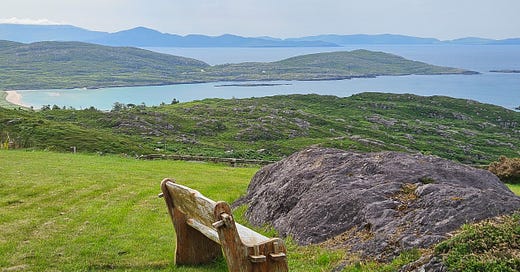






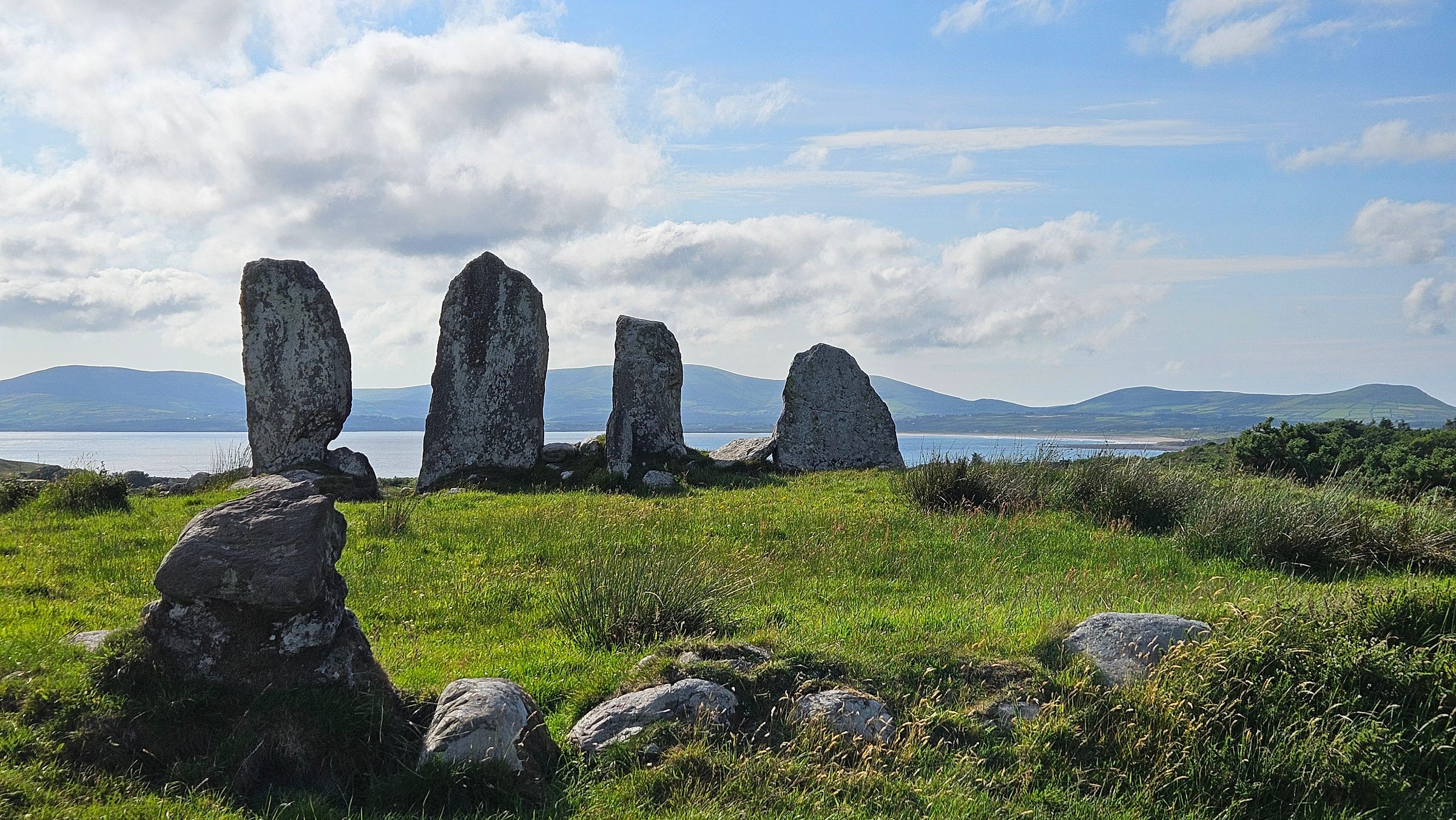
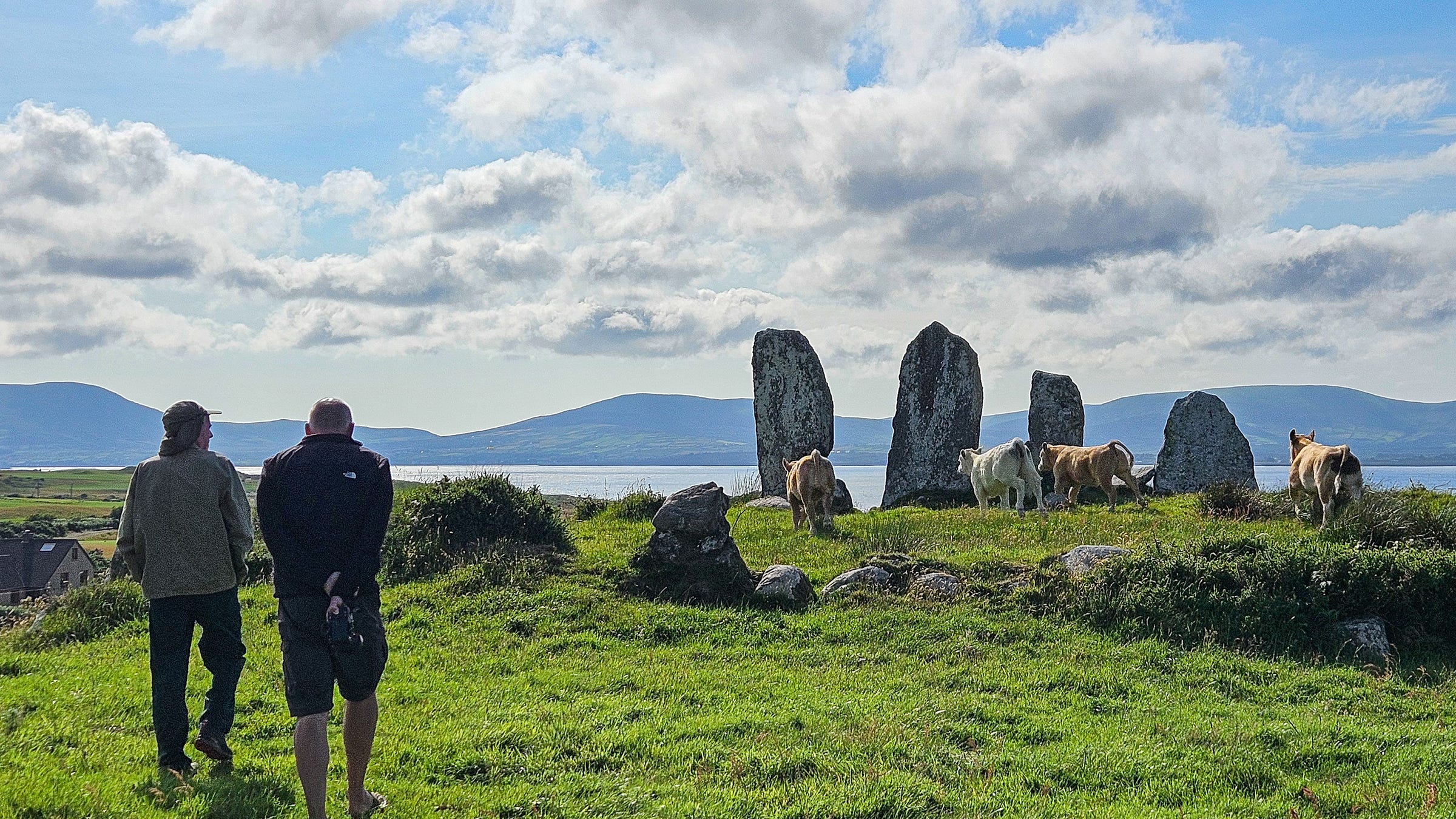
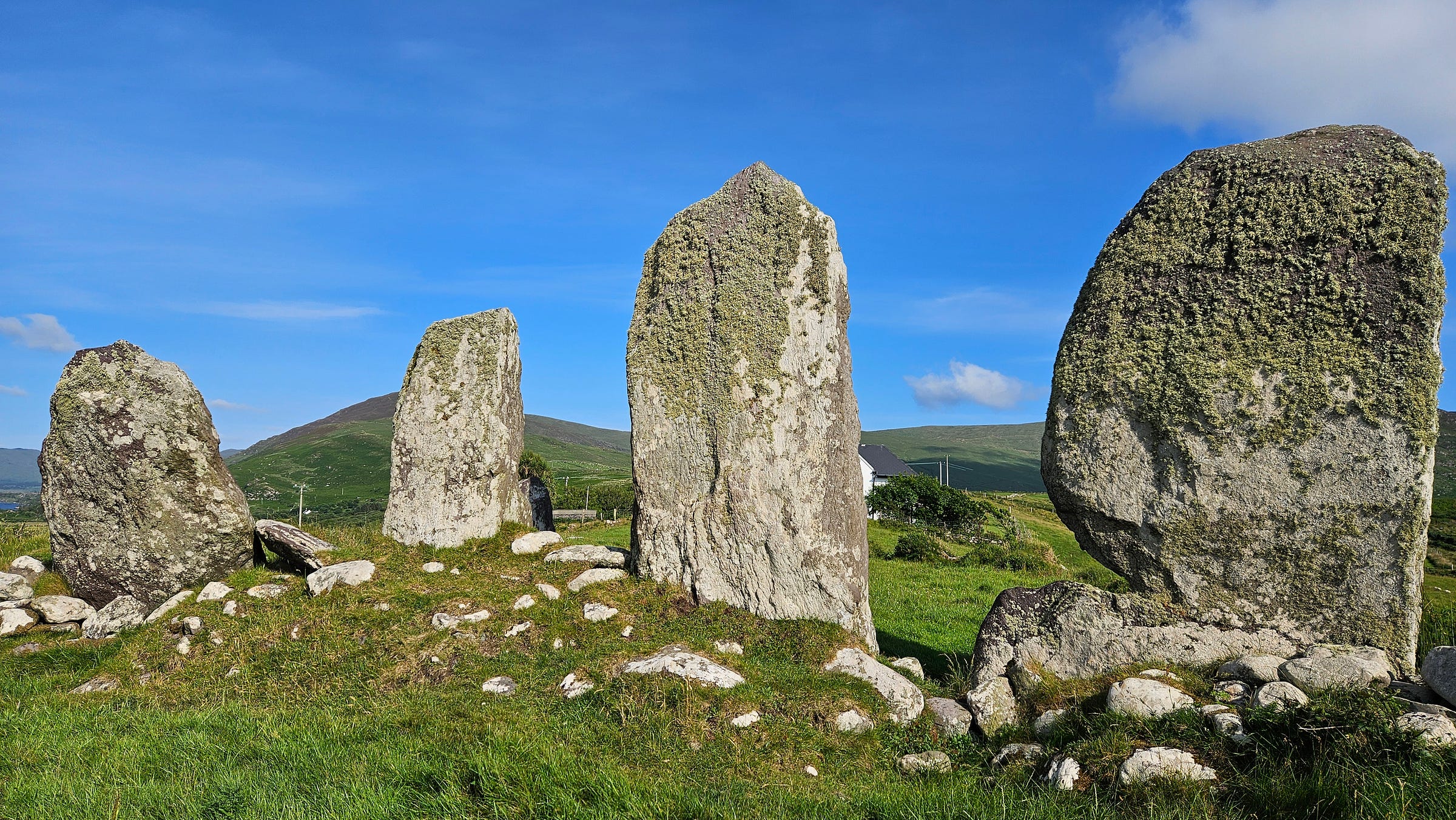
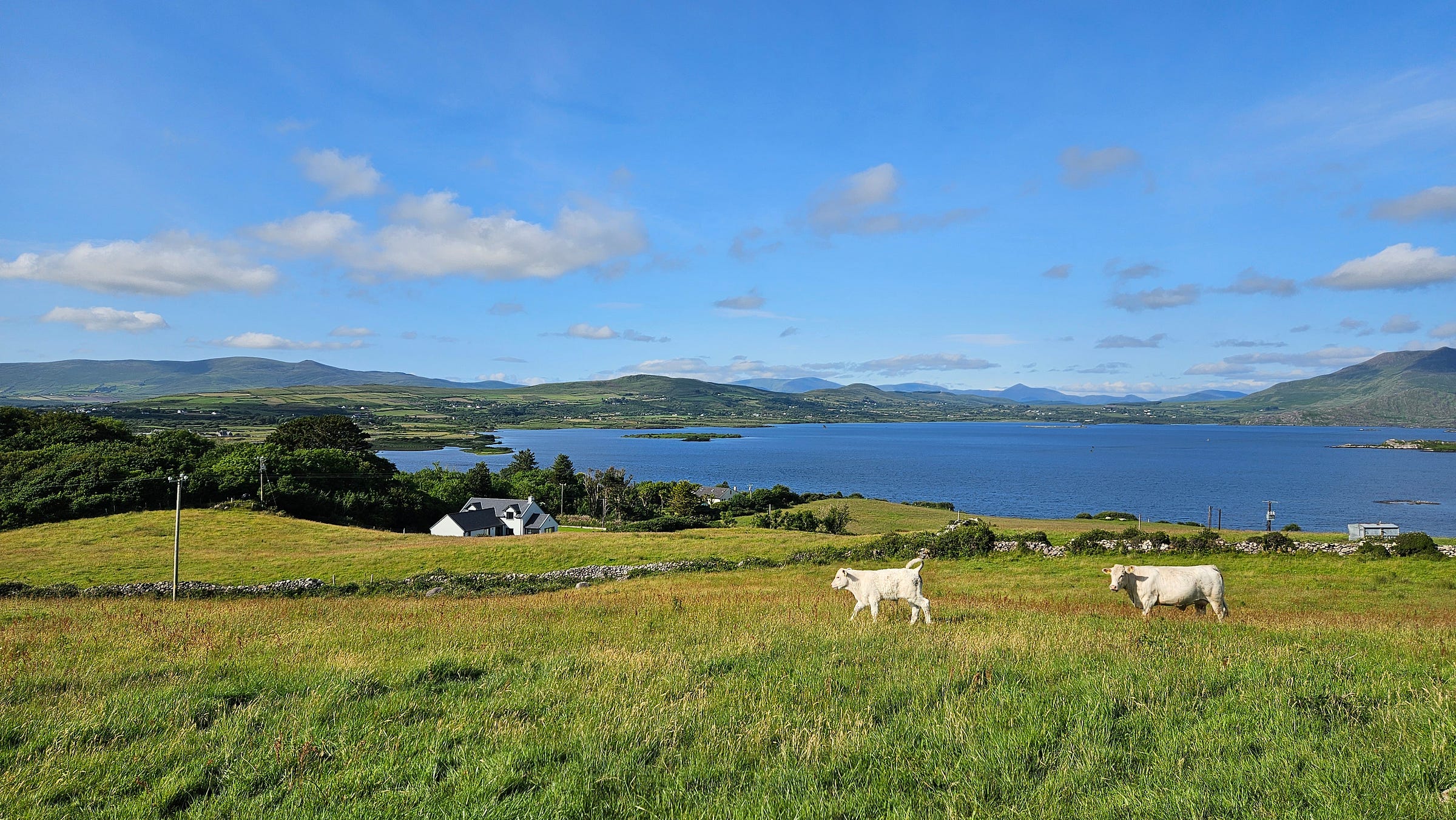
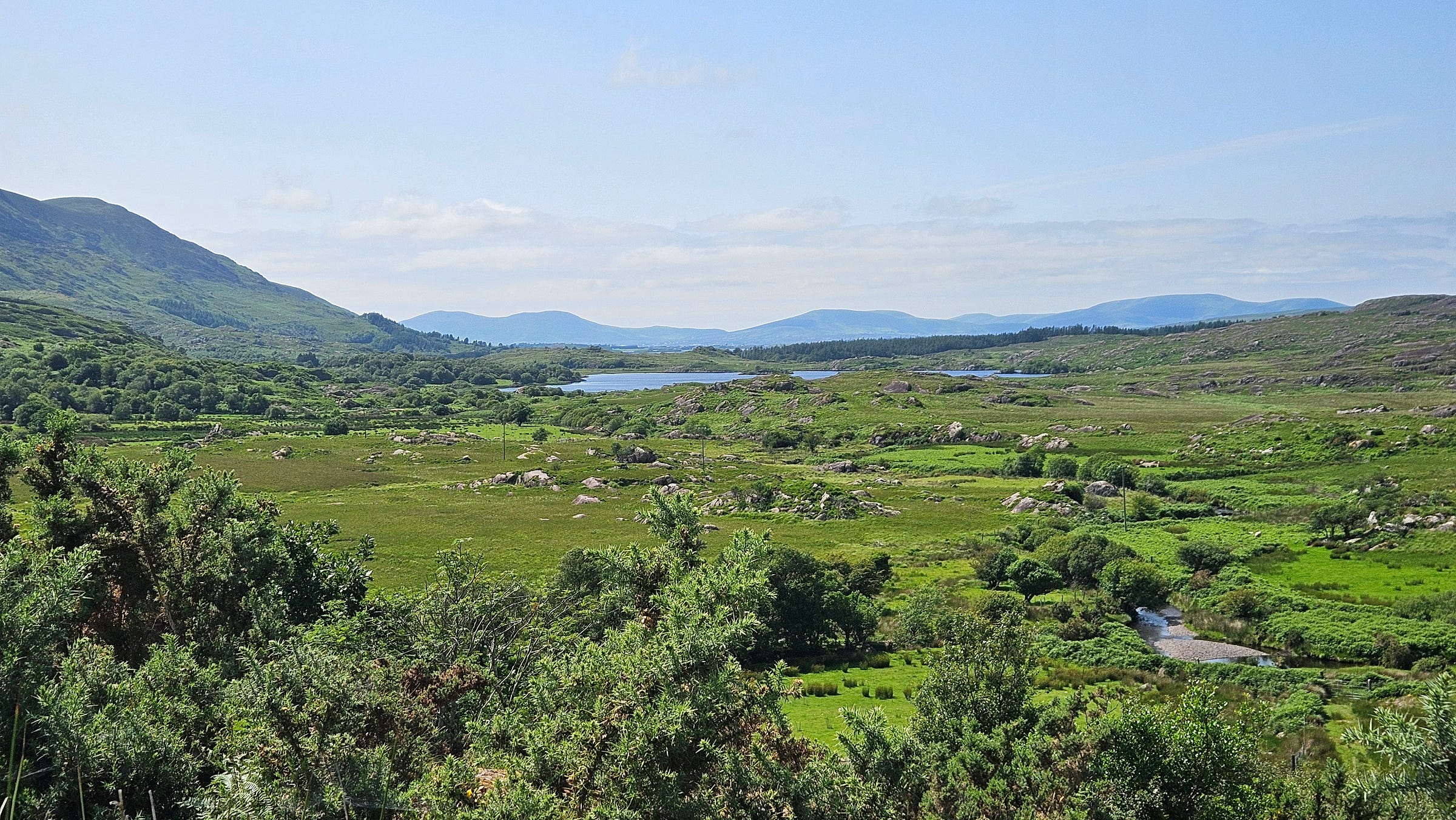
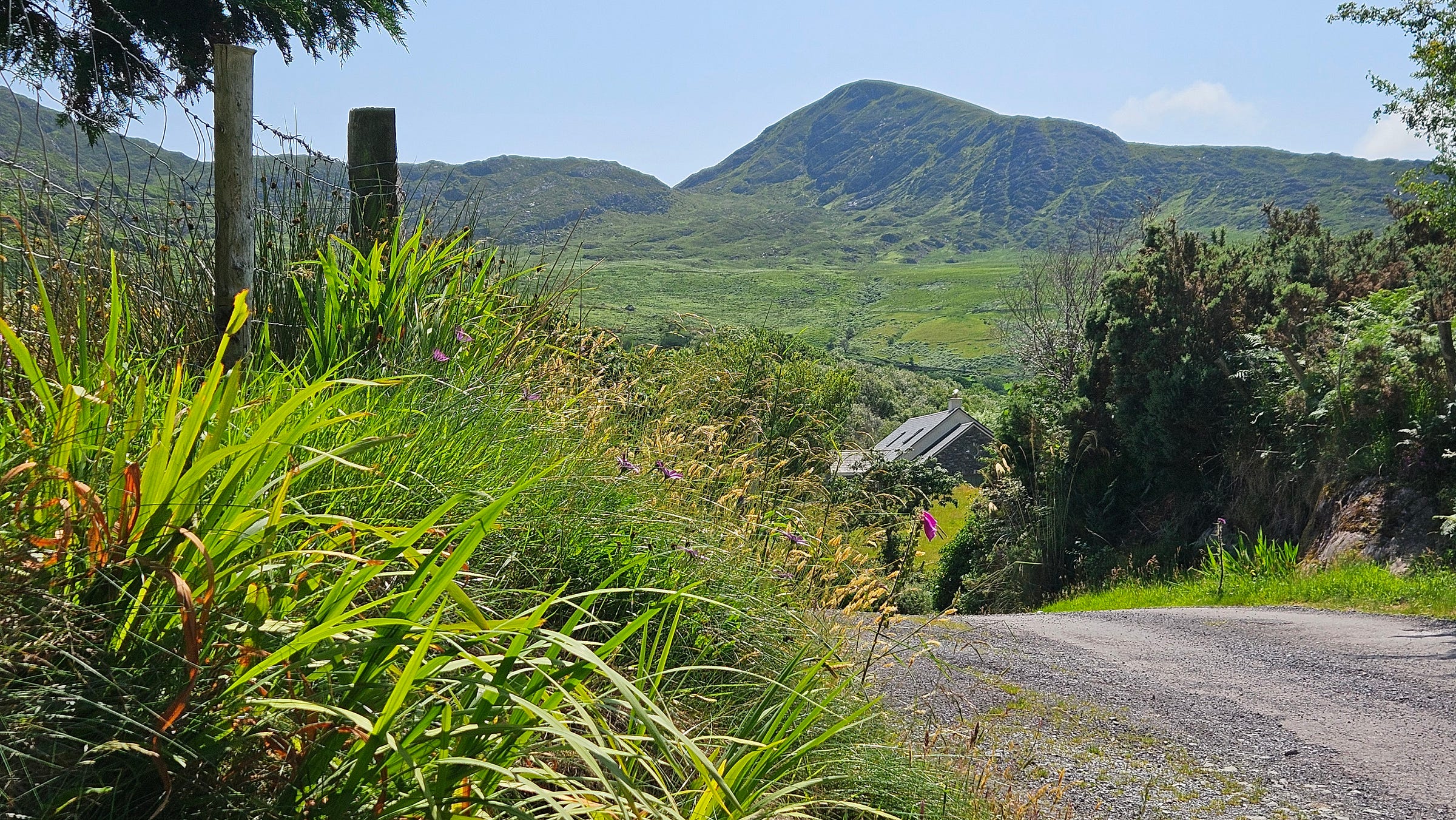
A beautiful story from start to finish. I love the history and the mythology of the Peninsula, so rich. You and Gerhard have indeed found a wonderful place to call home--in every respect, Clarice.
What a fascinating time you had meeting 2 wonderful men who know and love the area so much, its a true privelage. I look forward to reading your article on Vincent, too. I wonder what it would have been like to be so connected to a sense of place. We have a strong connection with Montana but have been gone so long from its magical lands that its not the same thing.